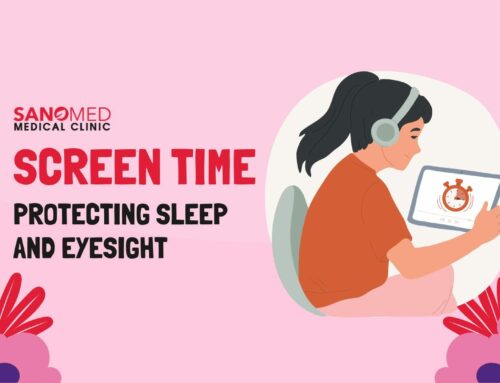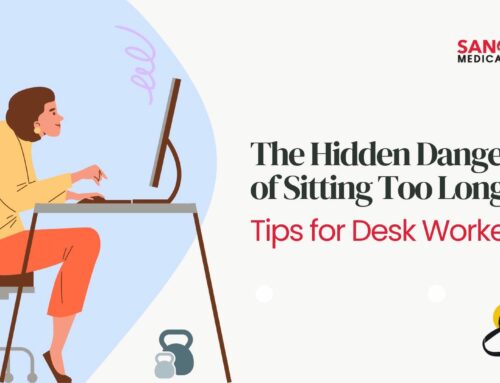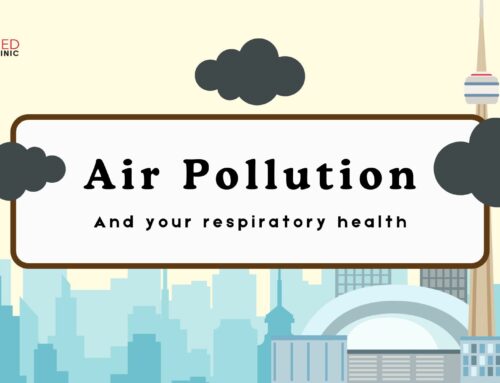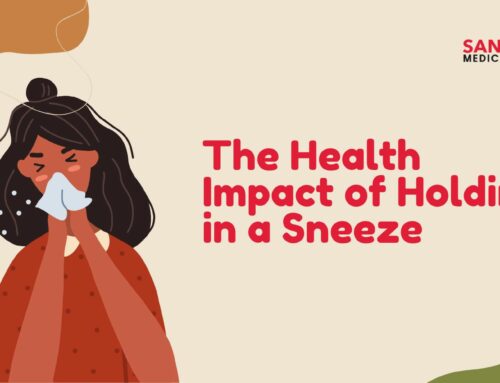We tend to spend more time outdoors under the sun. It’s essential to know the difference between heat stroke and heat exhaustion. Heat exhaustion occurs when the body loses excess water and salt, typically from sweating. On the other side, heat stroke is a severe medical emergency when your body cannot control its internal temperature. Knowing the signs and symptoms of these conditions could save your life or a loved one.
Symptoms related to heat stroke or heat exhaustion can be severe. Muscle cramping may be the first indication that you’re developing a heat-related illness. Signs of heat stroke include confusion, altered mental status, slurred speech, loss of consciousness, hot, dry skin or profuse sweating, seizures, very high body temperature, etc.
Heat stroke and heat exhaustion are caused by your body’s inability to cool itself. Sweat is your body’s natural tool for cooling you down. If you overexercise or work strenuously in hot weather or a heated room, your body may have difficulty producing enough sweat to keep you cool. Other causes of heat exhaustion and heat stroke include dehydration, wearing heavier, tight clothing or consuming alcohol.
Certain factors can increase your risk for heat exhaustion and stroke, though anyone can develop either condition. Age, prescription medications, obesity, sudden temperature changes and high heat index can increase your risk for heat sensitivity.
If you’re experiencing any symptoms of a heat-related illness, your healthcare providers will typically diagnose heatstroke in the emergency department. They review your symptoms, perform a physical exam and take your temperature. A temperature above 100°F (38°C) may indicate heat exhaustion, while a temperature above 104°F (40°C) is a sign of heat stroke. They may also order blood tests or urinalysis. Additional tests might include a chest X-ray or electrocardiogram (EKG) to monitor the electrical activity in your heart.
The person needs to be treated immediately, as heat stroke can cause permanent damage or death. There are some immediate first-aid measures anyone can take while waiting for help to arrive, including the following: get the person to a shaded area, remove clothing and gently apply cool water to the skin, followed by fanning to stimulate sweating, apply ice packs to the groin and armpits, have the person lie down in a cool area with their feet slightly elevated. Intravenous (IV) fluids are often necessary to compensate for fluid or electrolyte loss. Bed rest is generally advised, and body temperature may fluctuate abnormally for weeks after heat stroke.
If you’re experiencing heat exhaustion for an extended period, it can lead to heat stroke. Heat stroke can come on quickly if it’s very hot or you’re overexerting yourself. That’s why it’s important to begin treatment at the first signs of heat exhaustion.




